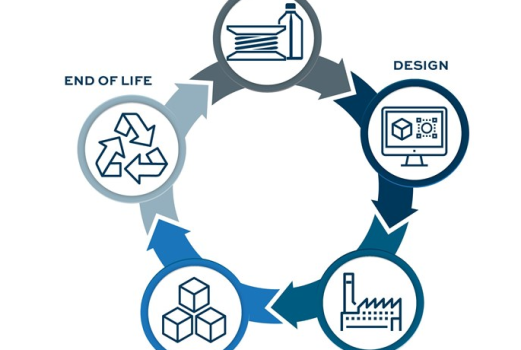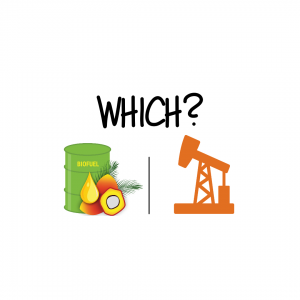It’s in my back yard–IIMBY.
The acronym could apply to large-scale solar photovoltaic projects and their potential impact on local economic factors, including home sale prices. In general, the effects of IIMBY have not been widely studied. But new work from Berkeley Lab seeks to change that.
The analysis, “Shedding light on large-scale solar impacts: an analysis of property values and proximity to photovoltaics across six U.S. states,” compiles a dataset that includes home sale transactions and large-scale solar PV arrays in California, Connecticut, Massachusetts, Minnesota, New Jersey, and North Carolina.
Combined, the six states account for more than 50% of the installed megawatt capacity of large-scale solar PV in the U.S. The analysis included more than 1,500 such arrays, 1 MW in size and larger, and 1.8 million home sale transactions.
The analysis found that the effects of large-scale solar projects on home sale prices depended on many factors that proved not to be uniform across all solar developments or across all states.
For example, for homes within 0.5 miles of a big solar array compared to homes 2-4 miles away, the researchers noted a reduction in home sale prices in three states: Minnesota (4% reduction), North Carolina (5.8%), and New Jersey (5.6%). But they found no statistically significant effects in the other three states (California, Connecticut, and Massachusetts).
Using data from all six states, the researchers identified a home sale price reduction of 1.5% for homes within 0.5 miles of a big solar array compared to homes 2-4 miles away. For the mean selling price in the sample (roughly $400,000), that means a 1.5% drop was worth roughly $6,000.
The analysis found that only large-scale solar PV developed on previously agricultural land, projects located near homes in rural areas, and relatively larger solar facilities were found to be linked to adverse home sale price impacts within 0.5 mile.
Although the researchers said they found adverse impacts on property values overall, they found no evidence of impacts in three states, including in California, which alone accounted for over half of the transactions in the study’s dataset.
On the other hand, they did see evidence of adverse property value impacts in the other three states. That included Minnesota which they said arguably had the most restrictive state-wide laws on large-scale solar PV development in high-value agricultural areas of the states that were studied.
When the researchers accounted for prior land use, the population density in the area of the sold homes, and the size of solar arrays, they found that adverse home sale price impacts were statistically significant only for solar PV projects on previously agricultural land, homes in rural areas (low population density), and near arrays with an area larger than around 12 acres (equating to 4-7 MW).
They found no evidence of statistically significant effects on home sale prices near arrays that were developed on greenfield, brownfield, and mixed land use developments. They also found that homes in urban (high population density) or urban cluster (medium population density) regions were not impacted significantly.
The initial analysis did not consider site features or site design, which could play a role in nearby property valuation. It also did not examine the attitudes or sentiment of the neighboring communities, or of home sellers and buyers, toward the solar facilities, both of which could influence property valuations. And it did not examine broader economic impacts or benefits to host communities from large-scale solar projects, which might positively impact home sale prices.
The researchers said that the “heterogeneity of our results also indicates the importance of place and project-specific assessments” of large-scale solar PV development and policy practices. “This heterogeneity may point to the importance of studying new siting strategies for rural, large, or agricultural installations.”
Source: https://www.renewableenergyworld.com/solar/when-big-solar-is-your-next-door-neighbor/



